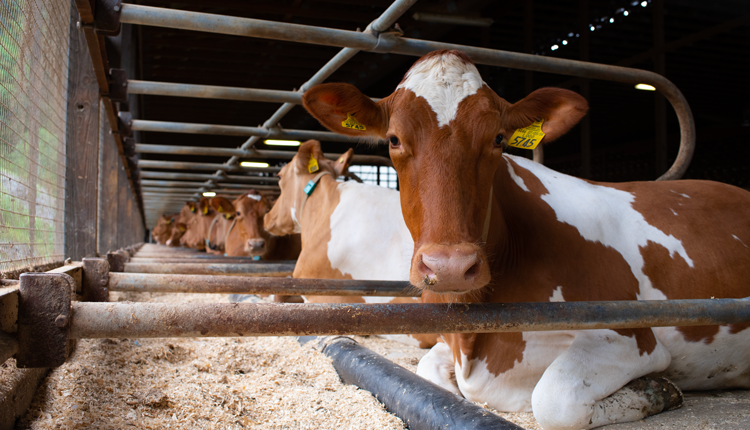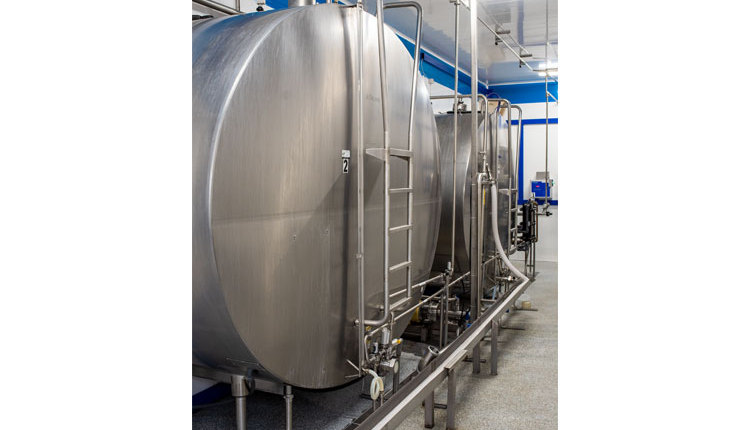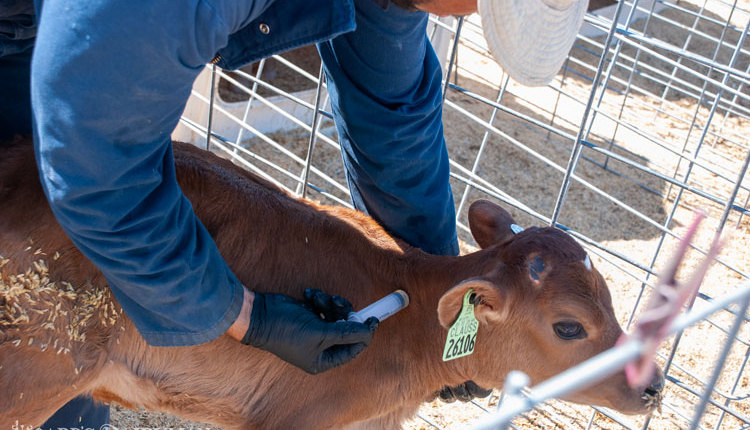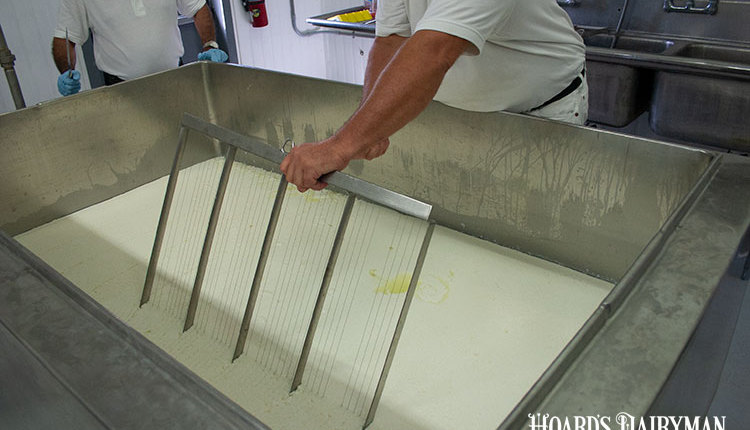The author is the dairy development manager for Vita Plus of Madison, Wis. He is a member of the board of directors with Citizens State Bank of Loyal, Wis.
We are going on the fourth year with low interest rates which have been one of the Federal Reserve's (Fed) tools in combating the "Great Recession." How do these unusually low rates work?
The intent is when the general economy slips in performance, the Fed boosts the money supply and lowers interest rates. The hopeful result is that businesses will borrow money to expand their operations and hire more people.
Lower interest rates are also supposed to encourage consumers to feel more comfortable about borrowing and raise their spending levels. So far in the postrecession, the results have been so-so with the economy showing some slight signs of recovery.
Rates will move
Many dairy producers have become quite comfortable with these low interest rates. Many have stuck with variable interest rates that are based on prime or LIBOR (London Interbank Offered Rate). These are generally the lowest rates available from your lender. The fine print on these types of loans generally reads that they can be changed monthly. Interest rates have remained low for so long that people forget that they can change. Odds are rates will not go down further with the targeted overnight Fed Funds rate at 0.25 percent. That means the rates can only go higher at some point.
The concern now is that many business people have become so accustom to the low rates, some are starting to subconsciously think that interest rates will stay low forever! Be careful!
There is already some discussion among some of the Fed Governors that they may be getting to a point to start "transitioning" from economic stimulus. That means in the not-to-distant future, Fed actions with some of their tools may cause interest rates to go up.
As business people, dairy producers will need to make their own choice between a lower variable interest rate or a higher fixed interest rate. While fixed rates will be higher than variable rates at the onset, at some point they could be lower than the variable rate.
A dairy producer should talk this over with their lender. Bring in your current balance sheet, last year's income statement and a projection for this year. Find out what the options are with your lender.
Not the new normal
There still are dairy producers in business today who remember the 1980s when interest rates where 16 percent, 18 percent or even higher. Remember, historically, an 8 percent interest rate was considered "normal." Even a small move in interest rates today by the Fed would get everyone's attention.
Sooner or later they will start to move. Even the Fed says they do not know when. The latest Fed statement is that rates will stay in place until unemployment falls to 6.5 percent and as long as inflation stays under 2.5 percent.
However, the Fed will do what they need to if they see a need to change their directives for the betterment of the economy. If and when rates move up, all rates will move up including the fixed ones. When this takes place, the fixed rates that you are quoted today will not be the same.
We live in a volatile global world. There is always the possibility of a major event that could change the Fed's plan. Be careful not to be lulled into thinking interest rates will never change. Never is a long time. Do what is right for your barnyard and your financial stability. Be careful not to get hooked on the mindset that today's low interest rates will last forever. There will come a time when you had wished you locked in these low rates.
This article appears on page 460 of the July 2013 issue of Hoard's Dairyman.
We are going on the fourth year with low interest rates which have been one of the Federal Reserve's (Fed) tools in combating the "Great Recession." How do these unusually low rates work?
The intent is when the general economy slips in performance, the Fed boosts the money supply and lowers interest rates. The hopeful result is that businesses will borrow money to expand their operations and hire more people.
Lower interest rates are also supposed to encourage consumers to feel more comfortable about borrowing and raise their spending levels. So far in the postrecession, the results have been so-so with the economy showing some slight signs of recovery.
Rates will move
Many dairy producers have become quite comfortable with these low interest rates. Many have stuck with variable interest rates that are based on prime or LIBOR (London Interbank Offered Rate). These are generally the lowest rates available from your lender. The fine print on these types of loans generally reads that they can be changed monthly. Interest rates have remained low for so long that people forget that they can change. Odds are rates will not go down further with the targeted overnight Fed Funds rate at 0.25 percent. That means the rates can only go higher at some point.
The concern now is that many business people have become so accustom to the low rates, some are starting to subconsciously think that interest rates will stay low forever! Be careful!
There is already some discussion among some of the Fed Governors that they may be getting to a point to start "transitioning" from economic stimulus. That means in the not-to-distant future, Fed actions with some of their tools may cause interest rates to go up.
As business people, dairy producers will need to make their own choice between a lower variable interest rate or a higher fixed interest rate. While fixed rates will be higher than variable rates at the onset, at some point they could be lower than the variable rate.
A dairy producer should talk this over with their lender. Bring in your current balance sheet, last year's income statement and a projection for this year. Find out what the options are with your lender.
Not the new normal
There still are dairy producers in business today who remember the 1980s when interest rates where 16 percent, 18 percent or even higher. Remember, historically, an 8 percent interest rate was considered "normal." Even a small move in interest rates today by the Fed would get everyone's attention.
Sooner or later they will start to move. Even the Fed says they do not know when. The latest Fed statement is that rates will stay in place until unemployment falls to 6.5 percent and as long as inflation stays under 2.5 percent.
However, the Fed will do what they need to if they see a need to change their directives for the betterment of the economy. If and when rates move up, all rates will move up including the fixed ones. When this takes place, the fixed rates that you are quoted today will not be the same.
We live in a volatile global world. There is always the possibility of a major event that could change the Fed's plan. Be careful not to be lulled into thinking interest rates will never change. Never is a long time. Do what is right for your barnyard and your financial stability. Be careful not to get hooked on the mindset that today's low interest rates will last forever. There will come a time when you had wished you locked in these low rates.









